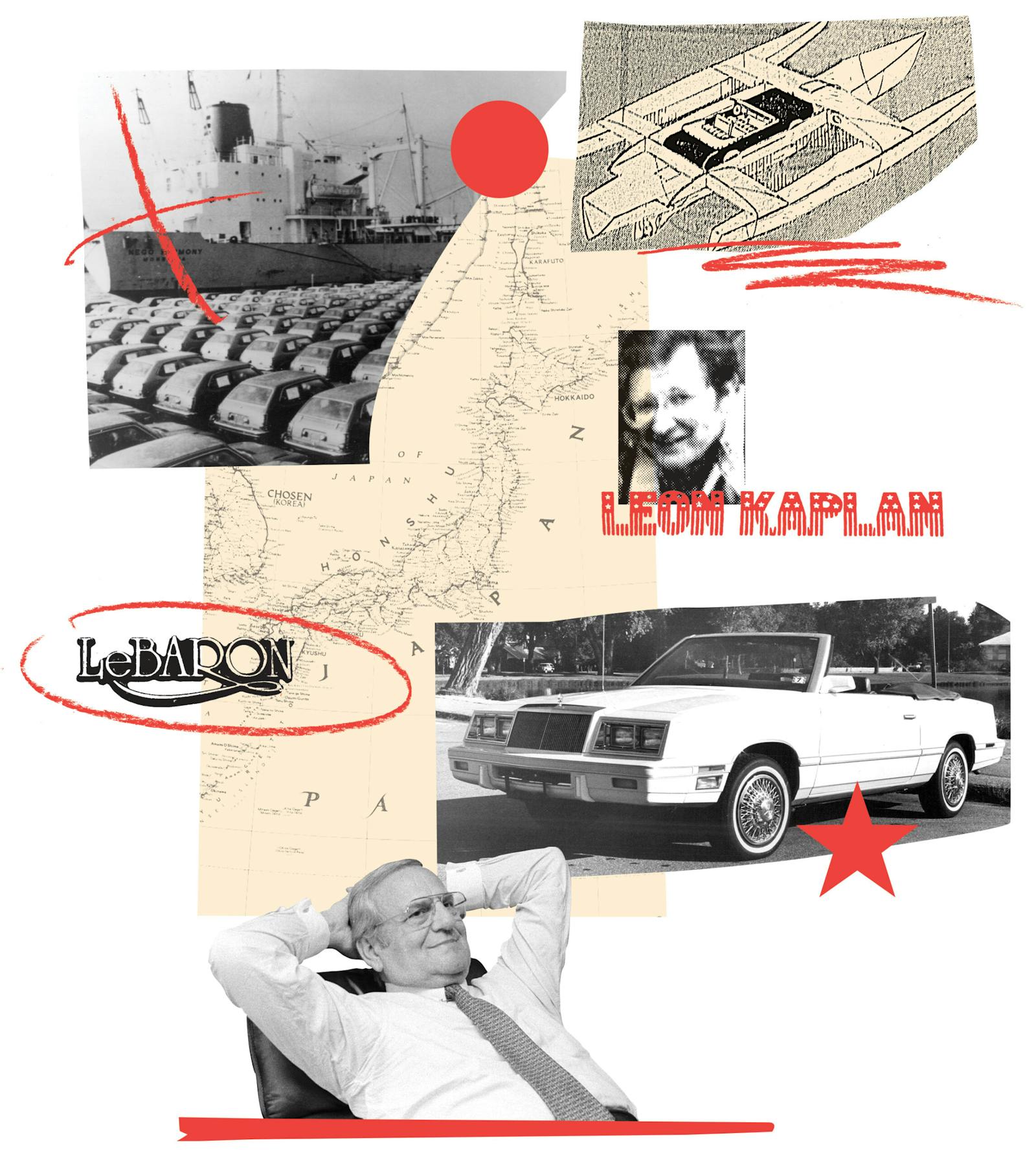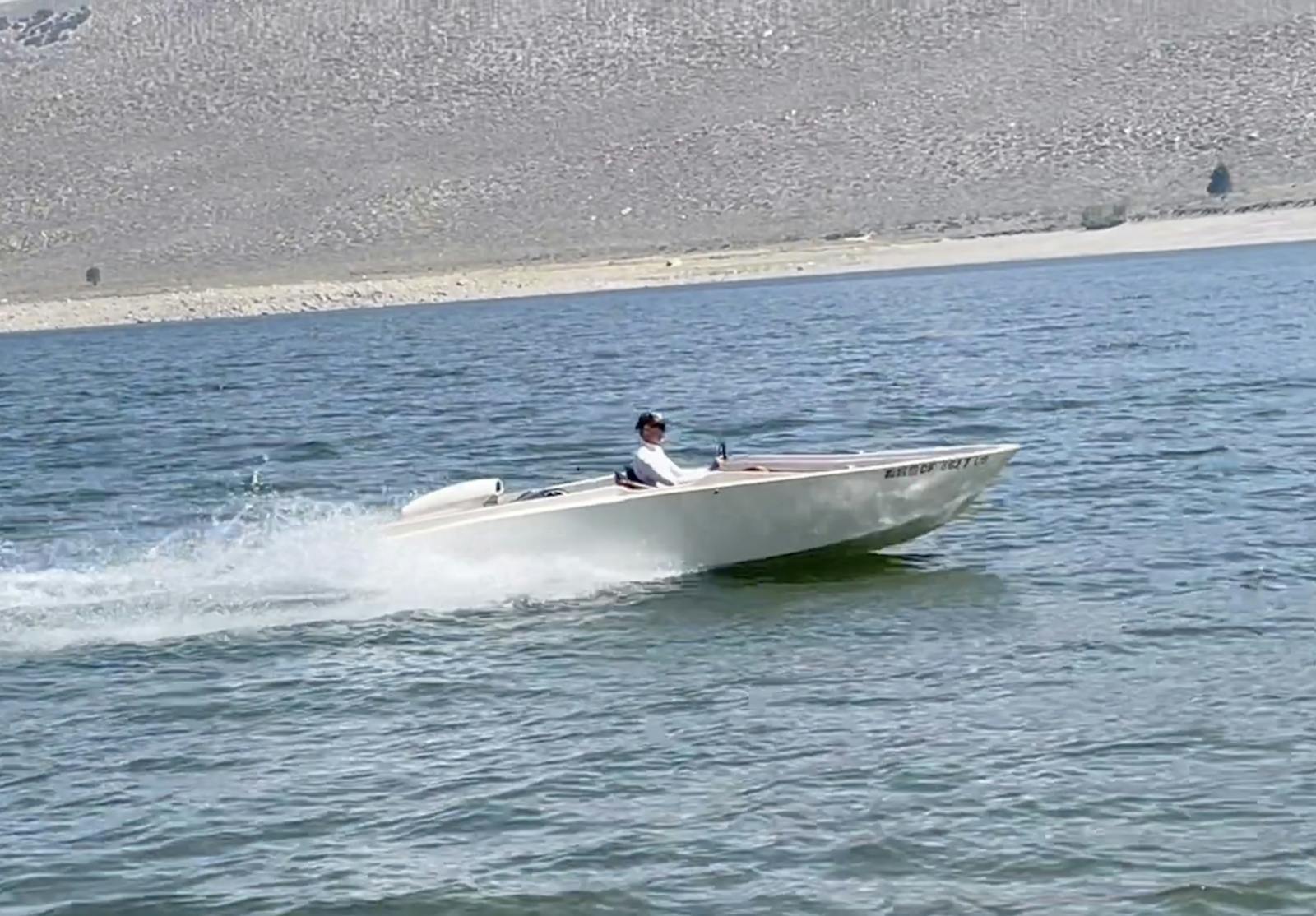Marketwatch: There’s big interest in big-finned classics
This time around, instead of focusing on one particular make and model, we have decided to address a growing trend that we’ve seen among our policyholders – a renewed interest in classic post-war styling of boats produced during the 1950s and ’60s. Specifically, those boats that were taking their design cues from what Detroit was doing in the automotive world with the introduction of jet-age “fins.” By the early 1960s, fins could be found on all types of vessels, from established manufacturers like Chris-Craft to those in the fledgling fiberglass boat industry. However, the fin trend died out quickly – even quicker than it did among automakers.
These days, when people imagine finned boats, their thoughts usually gravitate toward early fiberglass. Those boats typically incorporated wilder styling, meant to evoke the cutting-edge nature of their construction. As such, fins were a popular feature. Bill Anderson, a classic fiberglass boat restorer who has an impressive collection of ’50s-era fiberglass boats, said the attraction to these boats is simple. Many collectors don’t want to invest the time, energy and money to restore a boat that looks like so many others; they want something different. And because most vintage fiberglass boats are outboards, they’re often a perfect solution for individuals who live on a lake with horsepower restrictions but who want a unique vessel to cruise in.
Of course, fiberglass boats were not the only vessels to sprout fins. Chris-Craft began adding fins to its designs in the mid-1950s, and by 1960 the Continental and Capri models both had prominent fins. While the styling might not be as extreme as with the fiberglass boats, the cues copied from the automotive world are unmistakable. At the moment, desirability among collectors of these boats appears to be focused more on the larger Continental models, which provide enhanced utility with unique styling.
It’s anyone’s guess whether or not these boats will remain hot in the long term. Collectible cars of this era have seen a significant cooling of interest over the years, supplanted first by classic muscle cars and later by performance-oriented imports from the 1970s and ’80s. However, the collector car and boat hobbies are not analogous, and trends among car hobbyists do not necessarily translate to boats. As always, we advise anyone looking to purchase a classic boat to find one that speaks to them, regardless of what market trends dictate is popular.


